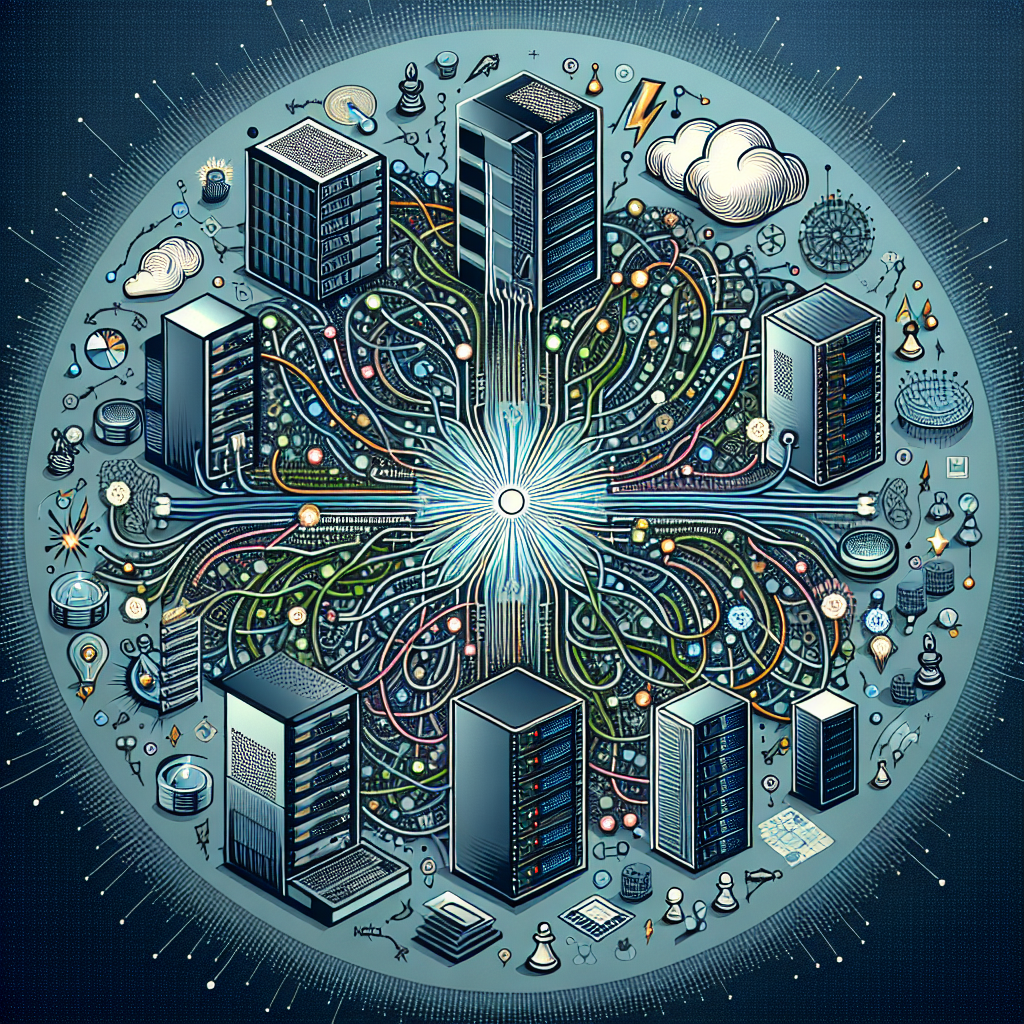When it comes to planning a data center power distribution strategy, there are several key considerations that must be taken into account in order to ensure optimal performance and reliability. From the type of power distribution system to the capacity and redundancy requirements, careful planning is essential to meet the power needs of a data center. In this article, we will discuss some of the most important factors to consider when developing a power distribution strategy for a data center.
1. Type of Power Distribution System: One of the first decisions to make when planning a data center power distribution strategy is the type of power distribution system to be used. There are two main types of power distribution systems: centralized and decentralized. In a centralized system, power is distributed from a single source to multiple servers, while in a decentralized system, power is distributed from multiple sources to individual servers. The choice between centralized and decentralized power distribution will depend on factors such as the size of the data center, the number of servers, and the desired level of redundancy.
2. Capacity Requirements: Another important consideration when planning a data center power distribution strategy is the capacity requirements of the data center. This includes both the total power capacity needed to support the data center’s operations and the power capacity required for each individual server. It is important to accurately assess the power requirements of the data center in order to avoid overloading the power distribution system and risking downtime.
3. Redundancy: Redundancy is a critical factor in any data center power distribution strategy. Redundancy ensures that in the event of a power failure, backup systems are in place to maintain the operation of the data center. Redundancy can be achieved through the use of backup generators, uninterruptible power supplies (UPS), and redundant power distribution paths. The level of redundancy required will depend on the criticality of the data center’s operations and the potential impact of a power failure.
4. Scalability: When planning a data center power distribution strategy, it is important to consider the scalability of the power distribution system. As the data center grows and evolves, the power requirements will also increase. It is important to design a power distribution system that can easily accommodate future growth and expansion without the need for major upgrades or modifications.
5. Energy Efficiency: Energy efficiency is an increasingly important consideration in data center power distribution strategies. By implementing energy-efficient technologies and practices, data centers can reduce their power consumption and operating costs. This can include using energy-efficient power distribution equipment, implementing virtualization and consolidation strategies to reduce the number of servers, and utilizing renewable energy sources such as solar or wind power.
In conclusion, planning a data center power distribution strategy requires careful consideration of factors such as the type of power distribution system, capacity requirements, redundancy, scalability, and energy efficiency. By taking these key considerations into account, data center operators can ensure that their power distribution system is reliable, efficient, and able to support the growing power needs of the data center.

Leave a Reply
You must be logged in to post a comment.